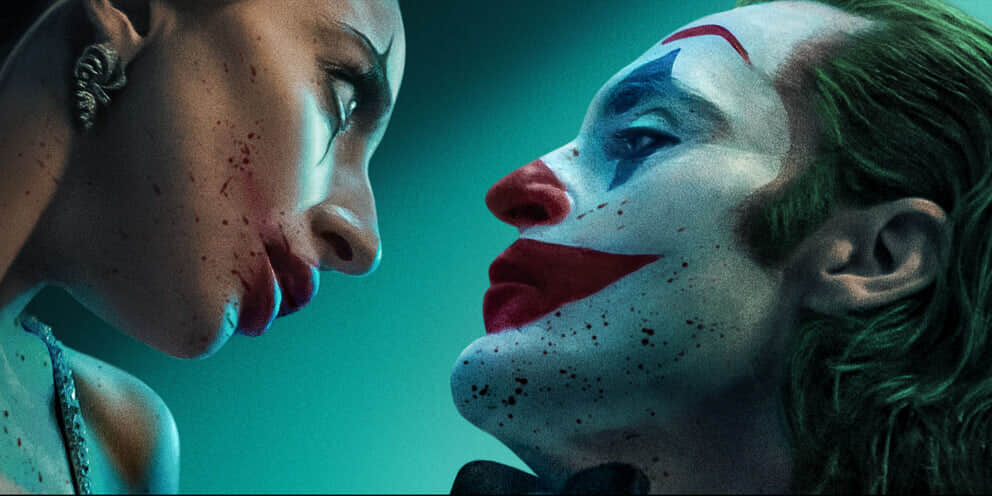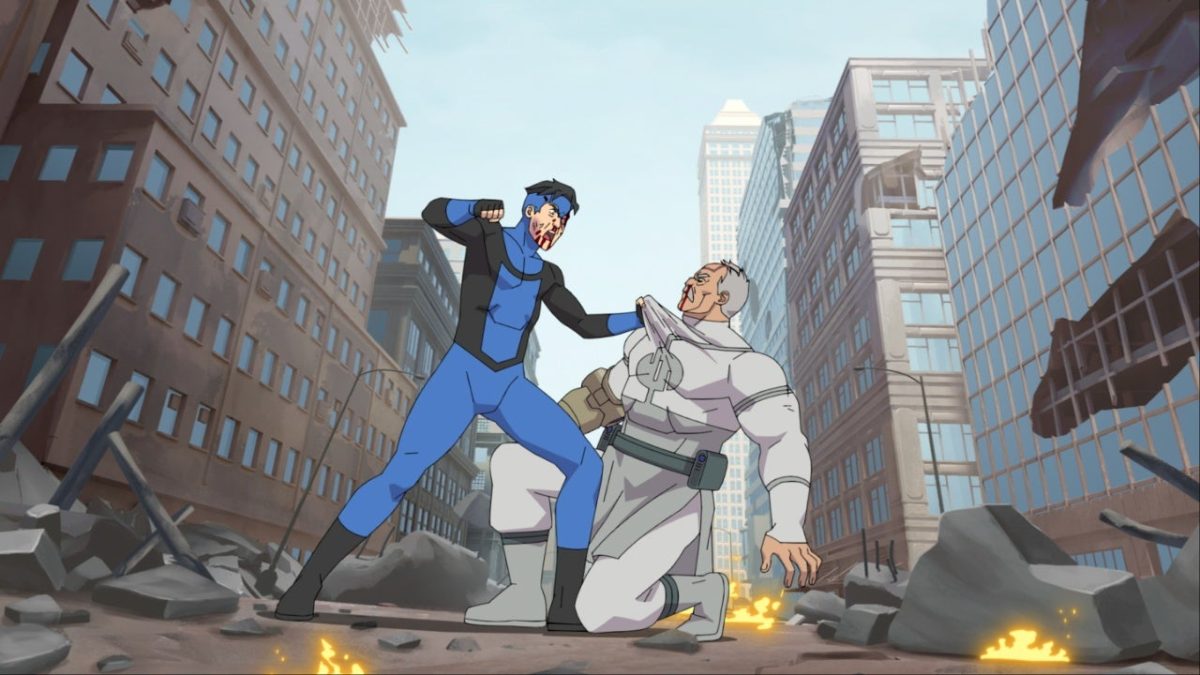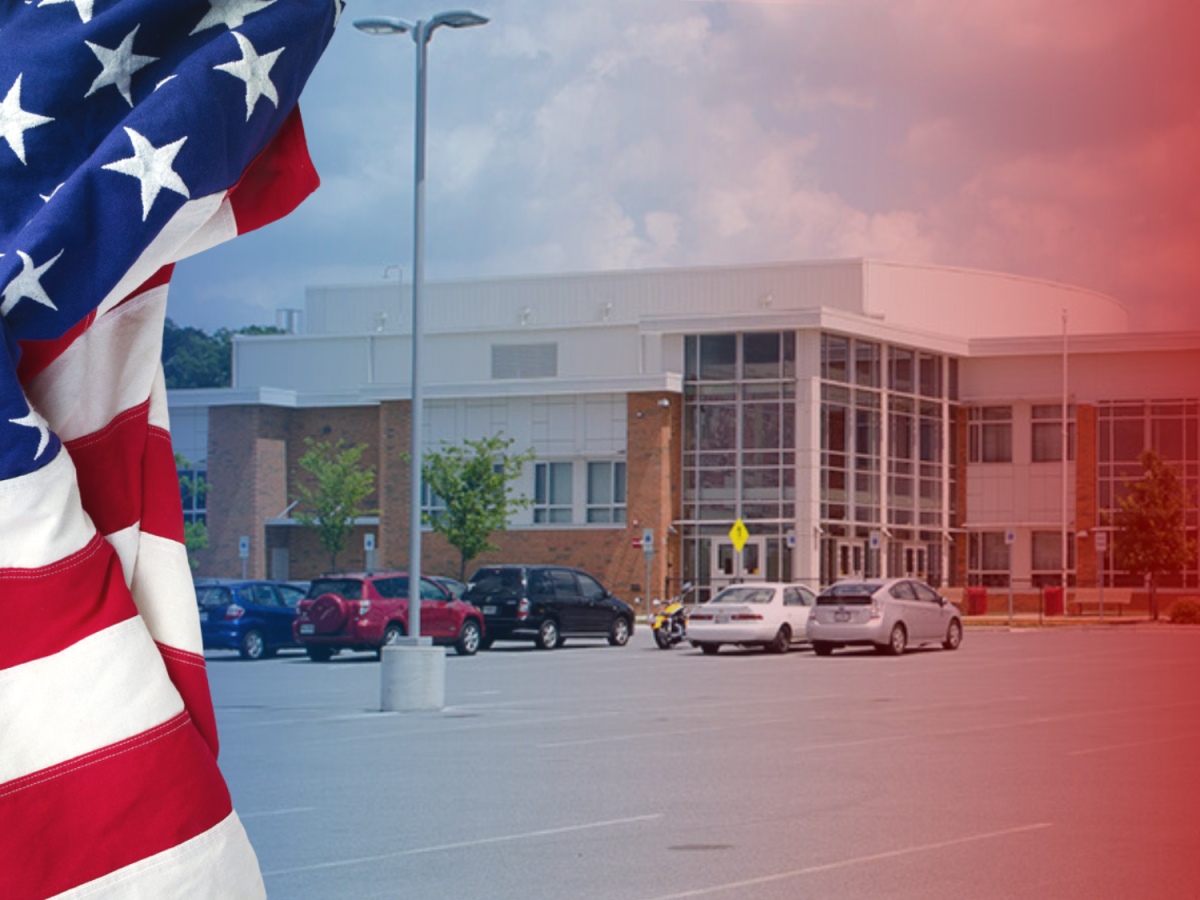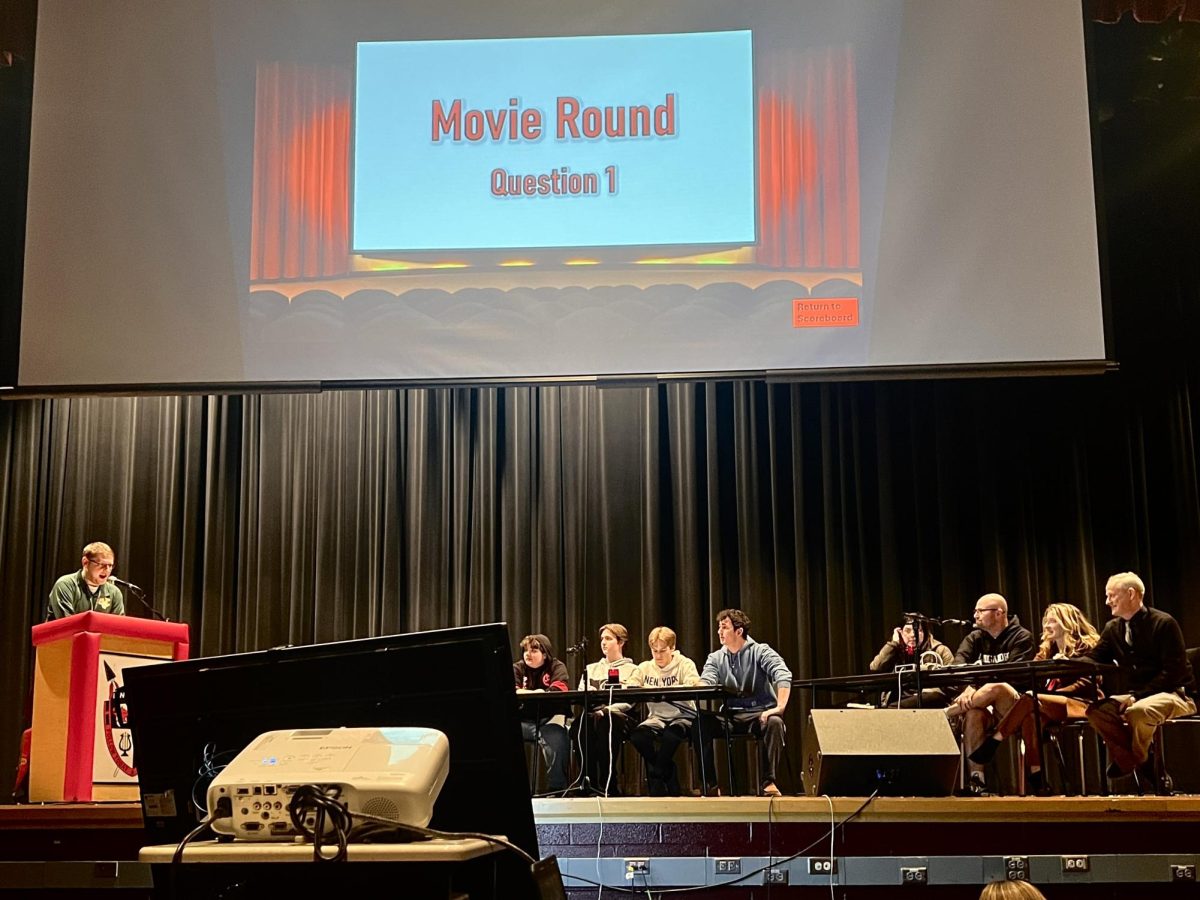“Joker: Folie à Deux”, a new addition to the growing garbage can of bad movie sequels, is a movie that has left fans completely disappointed, since its lackluster release on October 4. So far, the movie has taken in $200 million in worldwide box office returns, a fifth of what the first movie made and barely breaks even with their budget.
When “Joker” (2019) was released, it was loved by fans, but critics’ reception was not nearly as favorable. The movie brought in 11 awards and broke the record for most profitable R rated movie, holding that title until just this year with the release of “Deadpool & Wolverine.”
“Joker” (2019) was a fresh take on the Joker character in popular media, even giving him a new moniker: Arthur Fleck. It went deeper into his character, including themes of mental health and triumph
over the feeling of subjugation in a community. The writers gave him a neurological disorder that affects him throughout the rest of the story and is the reason for the emergence of his Joker persona. His change from this frail person being literally stepped on to getting revenge and taking control of his life was what fascinated people.

With polarizing critical reviews about the themes and messages contained in “Joker” (2019), one part of the movie stood out, Joaquin Phoenix. Phoenix starred as Joker with a performance that awarded him a Golden Globe Award and an Academy Award for Best Actor in a Leading Role.
Die-hard fans felt the “Joker” (2019) movie was enough to tell the full story of Joker, without needing any continuation, unless it was focused on Batman. Some were surprised when the second Joker movie was announced in 2022. When it was announced that Lady Gaga would be portraying Harley Quinn, some fans expressed concerns, questioning whether she could accurately capture the essence of the character.
When “Joker: Folie à Deux” came out on October 4, fans’ fears were realized except for Lady Gaga’s portrayal of Harley Quinn, which was well received. With a Rotten Tomatoes score of 32% for both critical and audience reviews, it was worse than fans anticipated.
“Joker: Folie à Deux” is set two years after the events of the first film. It focuses on the trial that would convict Arthur Fleck (Joker) for his crimes committed in the first film. In it, Arthur is held in custody at Arkham State Hospital, where he meets Harley Quinn, a major character in the Batman universe and Joker’s future sidekick, played by Lady Gaga. Their relationship grows through the movie, with the center plot being advanced by many of her actions.
Joker begins with a total regression of the character to where he was at the start of The first movie.. This causes his character development from the first movie to be without use, which trivializes any growth he experiences in the second film.
However, his actions from the first movie do have their consequences, primarily seen in Arthur being put on trial. This would be an interesting premise if it was not for the boring direction the story takes us. Pleading insanity is the overused cliche that makes the whole story feel uninspired. The way the characters talk in court feels cartoonish and takes you out of the immersion
Lady Gaga’s part in the story was surprisingly well-received. Her character as Harley Quinn takes the role as Joker’s fan, wanting him to continue his anarchistic ideologies. She obviously did well in the musical numbers, but throughout the movie, her character felt underused, especially with a great performance by Lady Gaga.
The writers draw fans into sympathizing with the Joker’s issues loneliness and mental disorder. The problem is the Joker is a villain. When people begin to sympathize too heavily, they might perceive Arthur Fleck’s evil actions to be reasonable. But when watching “Joker: Folie à Deux,” it seems the writers want the audience to regret sympathizing with Joker in the first movie.
With much of the backlash towards the first movie being its portrayal of violence, the writers might have wanted to move away from that and condemn the violence. A courtroom is the place to condemn violence and the writers create a backdrop that allows Arthur to change. Finally at the end of the second movie, Arthur Fleck drops the guise as Joker.
This change does not help the movie, it actually does the opposite, making the audience feel pulled in different directions. These pulls cause a level of annoyance that isn’t helped by the slow and cliche story.
“Joker: Folie à Deux” was a movie for which audiences were not prepared. It criticizes its viewers and fails to be anything other than a boring, cliche court drama with its more interesting characters pushed to the side. Ultimately, it tried to rework the characters and themes of the last film but failed in its mission.














